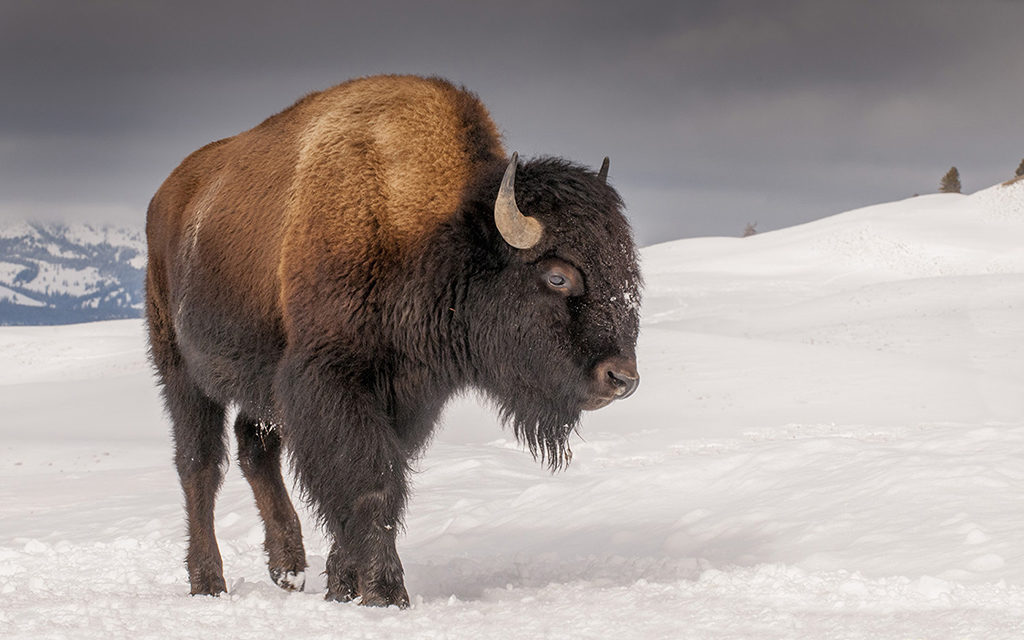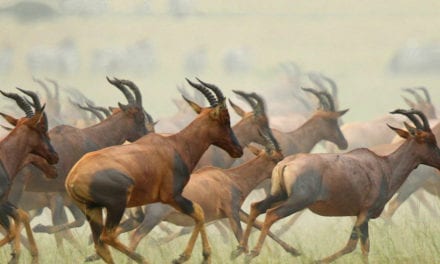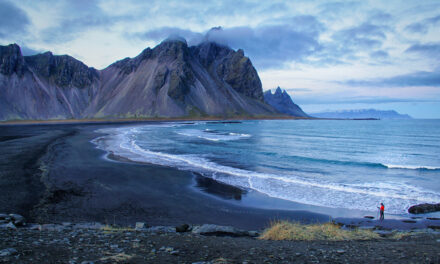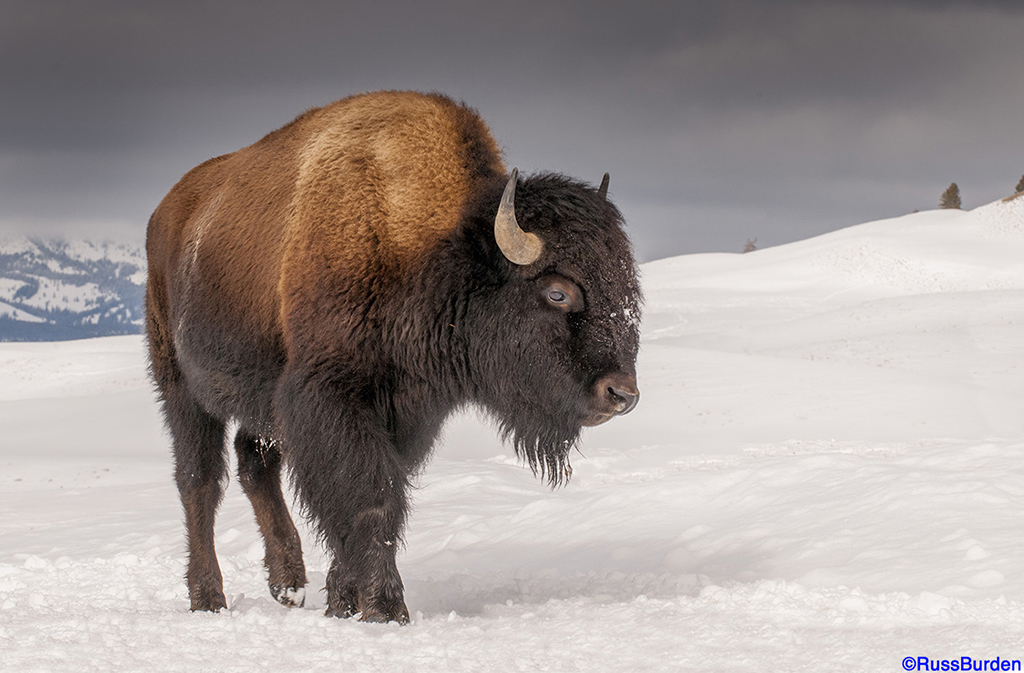
I stand accused and admit my guilt in regard to the concepts about which I write in this week’s tip. Because I committed the “crimes” a number of times, unfortunately, I qualify as an authority. By sharing my words, I hope I can save you the same heartache and frustration I endured. Heed my message to study your viewfinder so every time you pick up your camera, you walk away pain-free.
Some time ago, I received an email from a safari participant. For the sake of anonymity, I’ll call her “Henrietta.” Henrietta shared with me how a situation unfolded before her with a momma and baby fox in her backyard. She shot 60-plus pictures before noticing her aperture was set to f/22. The corresponding shutter speed prevented her from attaining sharp images. By the time Henrietta noticed, the foxes left the yard. Did I ever do the same when I was starting out? Absolutely—but I’ve since learned to preview and study my viewfinder. I take notice of those little numbers, letters and readouts found within. I quickly scan the ISO, shutter speed, aperture, white balance and exposure compensation to determine if any aren’t appropriate for the given situation. Prior to pressing the shutter, I make the necessary changes. Better to miss one or two shots than have the entire session go awry.

Most DSLRs show the following if you study your viewfinder: aperture, shutter speed, ISO, metering mode, exposure compensation and focus point. To activate them, press the shutter halfway. A quick glance provides the feedback to make sure your settings are appropriate. Had Henrietta noticed them, she would have realized the aperture/shutter combination was improper for the situation. Don’t let it happen to you. An ounce of prevention may net you 60-plus great images as opposed to all deletions.
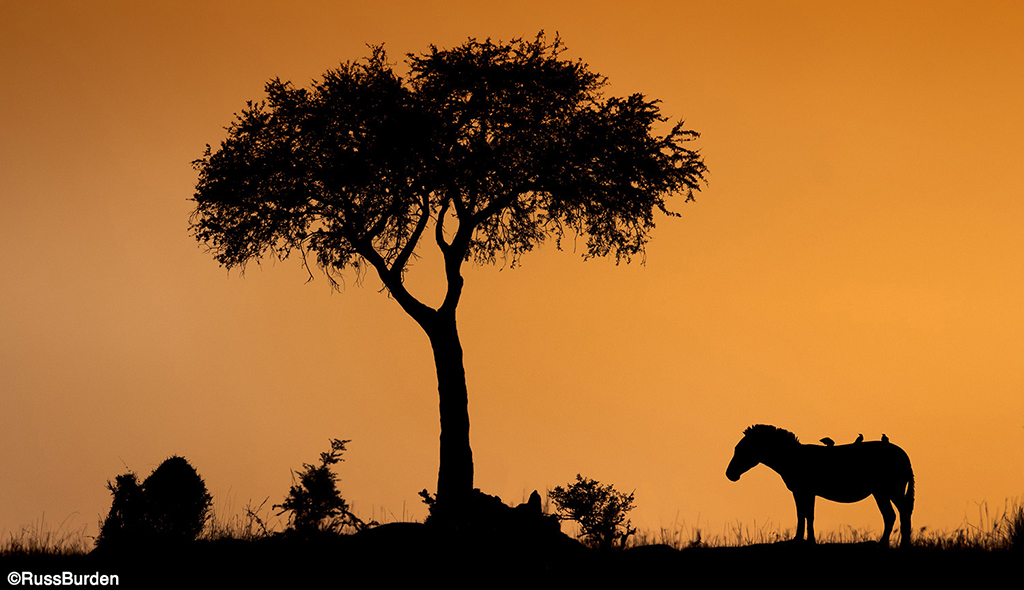
Another example: The subject matter you just finished photographing contained a lot of white. You saw lots of “blinkies,” so you dialed in minus compensation to the tune of minus a full stop. Your shoot lasts for over an hour. Upon completion, you put all your equipment away and smile ecstatically thinking about the captures. The next morning, you encounter a grizzly bear as you drive the road. Without hesitation, you fire off 40-plus shots. Sadly, you do a mass deletion of all images due to underexposure. The Oops—the minus-1 stop you dialed in during the previous shoot went unnoticed. But each time you pressed the shutter to make the bear photo, it was revealed. Take an extra second to study your viewfinder.
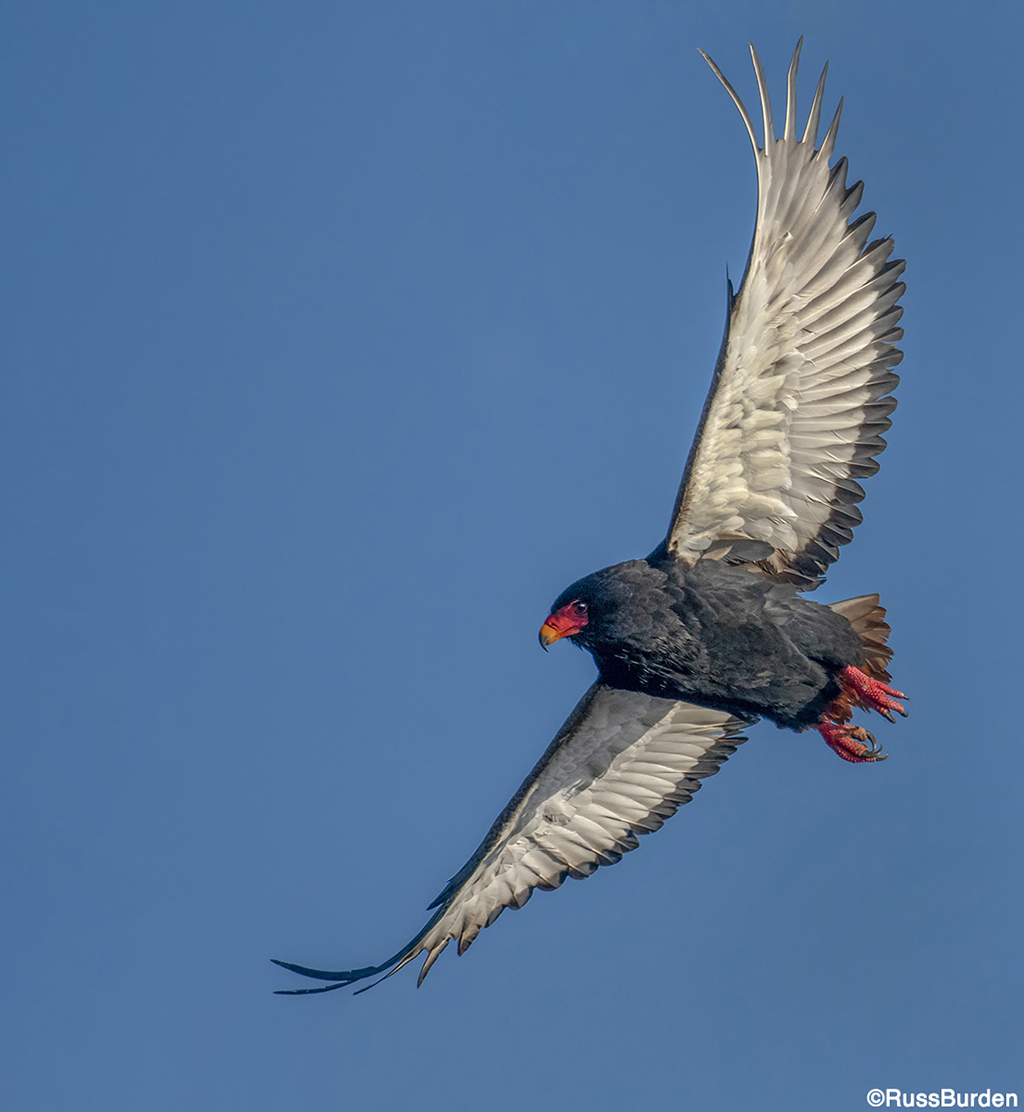
Below is a list of ways you can get burned if you don’t study your viewfinder. Check them all before you press the shutter. Make a list and carry it in your camera bag. Periodically review the items. A time will come when you’re glad you did!
Proper Focus Point
Always be cognizant of what focus point is active. If the subject moves, move the point in conjunction with its new location. Be sure the active point is on the most important part of the subject.
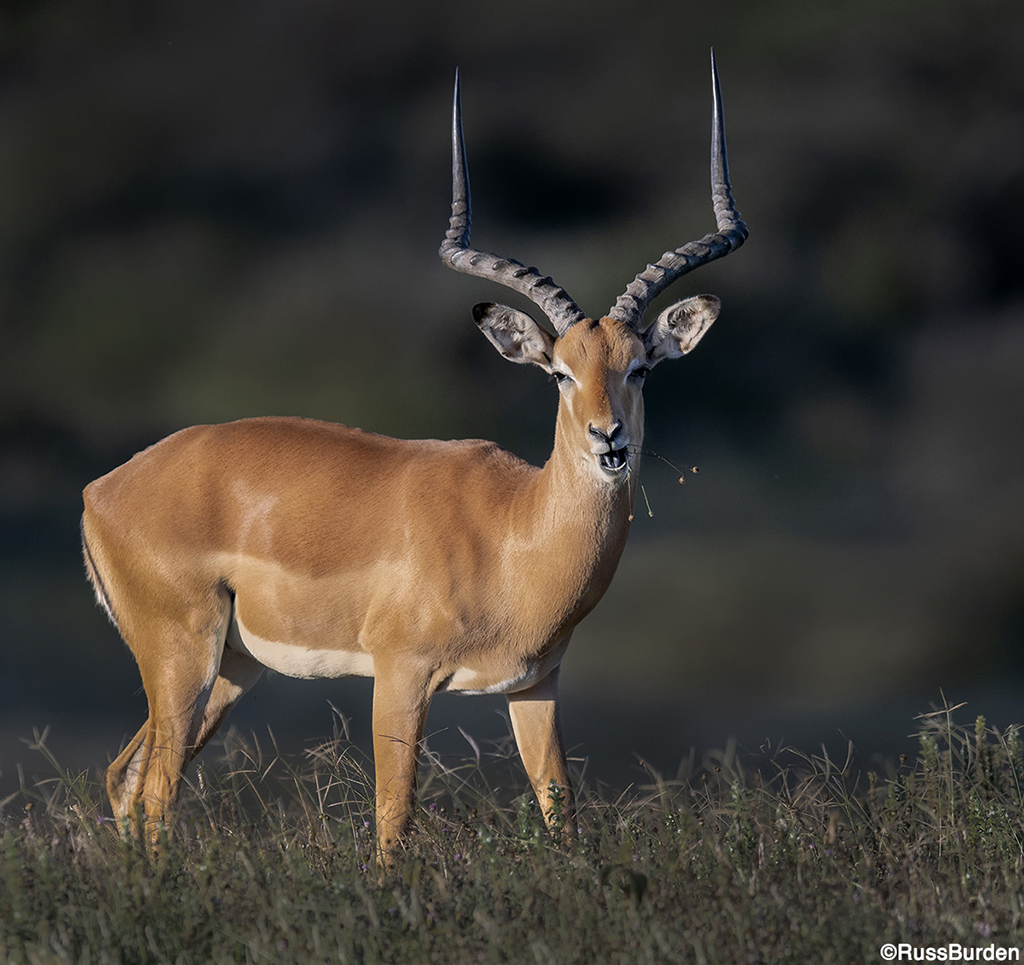
Creative Shutter
You tried panning to expand your creativity. You locked in your shutter speed to 1/15th of a sec. For your follow-up session seven hours later, you witness a bison stampede with amazing action. Yes, all of your images are too blurry because you overlooked the fact the shutter was still locked at 1/15th and you weren’t panning this time!
ISO
The light was low and the action was furious. You do what’s necessary by raising the ISO. Kudos because that was proper to do. Unfortunately, the evening sunset found you mounting the camera to a tripod knowing you want to make a 20×30 of the beautiful scenic. Bummer—the 12,000-plus ISO creates an extremely noisy and grainy file.
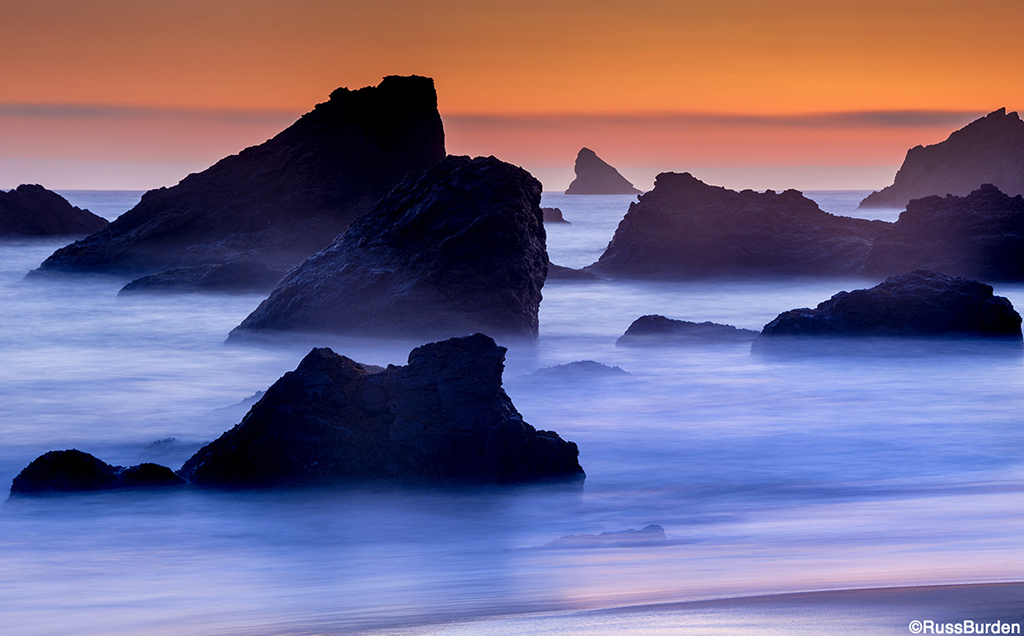
Spot Metering
You’re about to capture amazing images that require precise exposure, so you switch to Spot Metering to simplify post-processing work. The next session finds that “spot” over a dark shadow, so all the highlights are void of detail—big oops.
More and More And More
Add your own items to this list that are of great magnitude to double-check so you don’t create an “Oops.” Preview and study your viewfinder and always double-check your camera settings. Again, I’ve been burned in the past. So was Henrietta. Here’s hoping Henrietta and I can prevent you from experiencing the pain we still feel!
To learn more about this subject, join me on a photo safari to Tanzania. Visit www.russburdenphotography.com to get more information.
The post Study Your Viewfinder For Appropriate Settings appeared first on Outdoor Photographer.

